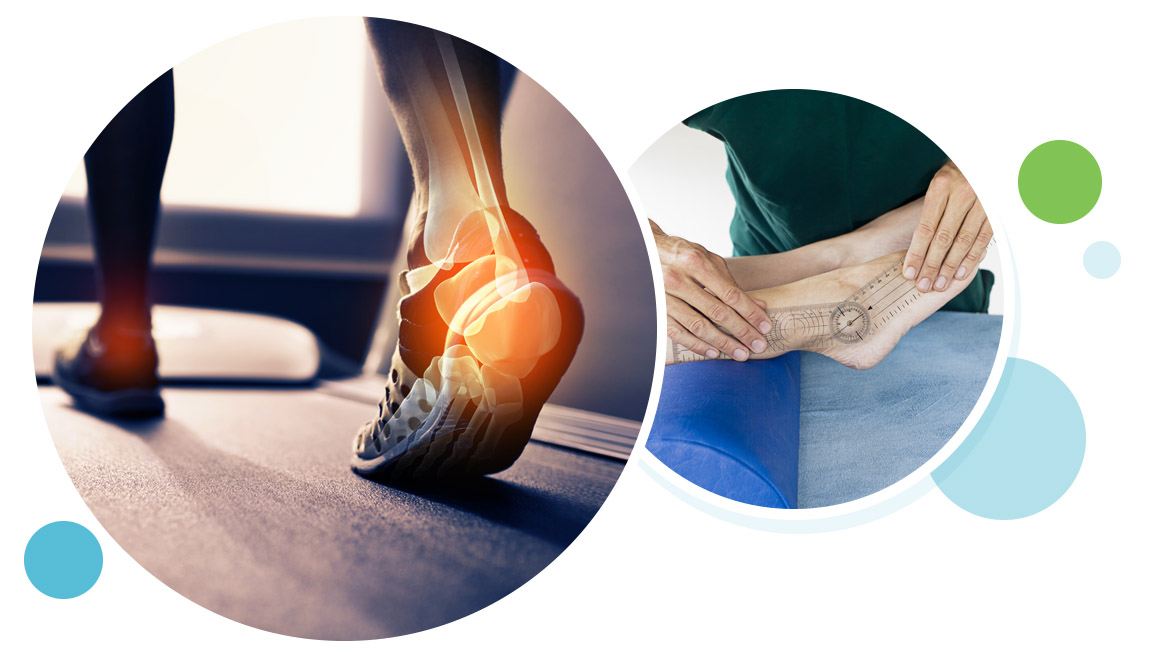Supporting Foot Health With Prescription Orthotics
At Northstate Foot & Ankle Specialists, we believe that mobility and total foot health are important in living a full life. Whether you have an active lifestyle that has lead to a sports injury, a foot issue such as a bunion, or just want to keep up with your family, we strive to help you live your life fully by overcoming the challenges of foot and ankle pain.
Every foot is different and most shoes will not properly support the unique way each of us use our feet. That is why our podiatrists provide biomechanical analysis and prescribe supportive inserts to target your specific condition.
Biomechanical analysis allows us to understand the alignment of your feet with the rest of your lower extremity including your knees and hips. We are then able to create custom orthotics that improve or limit progression of foot problems.
The fitting of custom orthotics is an important part of both minimizing or resolving foot conditions with non-surgical treatments and ensuring proper healing as well as quick recovery after foot or ankle surgery.
Click the tabs below to learn more about the types of orthotics we provide.
Biomechanical Analysis
Foot and ankle problems have a wide range of causes and often times are the result of the biomechanics of the foot. There is an ideal structure and alignment of the foot and ankle. When everything is working together, the foot and ankle create a strong foundation to support tremendous pressure effectively. When injuries occur, structural defects are present, or when degenerative processes are affecting the foot and ankle, alignment and structural issues result in painful foot conditions.
The goal of biomechanical analysis is to determine how your foot compares to the ideal foot structure and how it is used during a range of activities through a gait analysis. This series of tests and measurements is done by a highly trained podiatrist resulting in a detailed understanding of how your foot and ankle structure compares to that of the ideal structure. These tests are performed while both stationary and under active usage.
The most common aspects of the foot structure that are considered are:
- Arch Height Index (flatfoot, high arches)
- Foot Posture Index (pronation or supination of the foot
- Range of motion (ROM) of important joints
- Rear Foot Angle
- Tibial Torsion Measurement
- Subtalar Joint Neutral
Prescription Foot Orthotics
Depending on the nature of your foot condition your podiatrist will make a recommendation for a specific type of orthotic. Different materials, designs and production processes are used for each unique foot problem. Getting the shape just right makes all the difference in alleviating symptoms. Here are some of the common types of orthotics:
Accommodative orthotics
Primarily used to minimize the forces of walking. These orthotics “accommodate” everyday activity and help support the foot in the places that experience the most impact relative to the way you walk and the structure of your foot.
Functional Orthotics
This type of orthotic is used to restore proper structure and function to the foot. When alignment and structural issues occur, these inserts can help to correct the biomechanics of the foot by adding support in areas that need it. This can progressively improve the condition and alleviate symptoms of foot pain.
Sports Orthotics
When a patient is involved in high impact activities, such as hiking, running, or competitive athletics, orthotics add the extra support to help avoid stress-related injuries. A common use of sports orthotics is to treat plantar fasciitis, a condition that frequently affects athletes who may be “cutting” or starting and stopping quickly and those who do not warm up adequately. While these inserts are not necessary all of the time they will provide support during active use when the foot is under stressful conditions.
Pediatric Orthotics
As children’s feet begin to develop, the arches should begin to take shape and the foot and ankle should begin to properly align themselves. Some children’s feet require a little extra help in order to form correctly and to avoid future foot problems. Pediatric orthotics may be used to help adjust the alignment and allow the arches to form correctly when a defect or developmental issues occur.
Ankle Braces/ Ankle Foot Orthosis
In cases where both the foot and ankle are experiencing a problem, or when the biomechanical relationship between the two requires adjustment, an ankle-foot orthosis should be fitted. This device is customized to support the foot, normally with cases of more severe flatfoot or ankle instability, and ankle arthritis. This allows realignment and structural improvements to occur simultaneously.
How To Book an Appointment
If you are experiencing foot pain, whether progressive or acute, the podiatrists at Northstate are available to perform a thorough examination and make a recommendation for treatment. Please reach out to our friendly staff or book an appointment online. We are committed to improving your life one step at a time.

